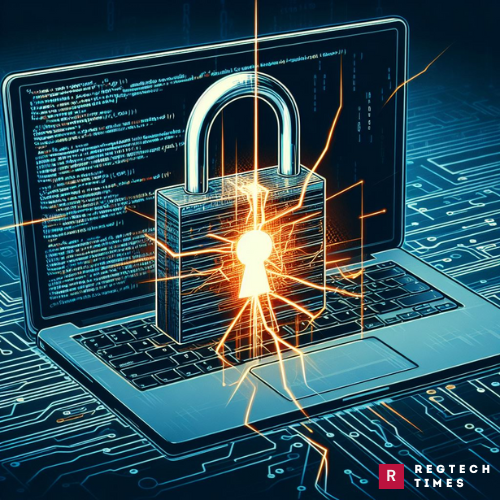In the annals of cybercrime, few stories are as gripping and disturbing as that of Julius Kivimaki. Beginning his nefarious journey at the tender age of 13, Kivimaki’s trajectory from an anarchic teenage hacker to one of Europe’s most wanted criminals serves as a cautionary tale about the dangers of unchecked cyber prowess.
The Genesis of Julius Kivimaki
Julius Kivimaki’s descent into the world of cybercrime started innocently enough, as he found himself drawn into a network of teenage hacking gangs. What began as youthful curiosity soon morphed into something far more sinister as Kivimaki honed his skills and rose through the ranks of the hacking underworld. The allure of the digital frontier, with its promise of anonymity and power, proved irresistible to the impressionable young hacker.
The Vastaamo Breach: A Brazen Attack
However, it was Kivimaki’s involvement in a particularly heinous crime that catapulted him to infamy. In November 2018, he orchestrated a brazen attack on Vastaamo, a private psychotherapy service in Finland. Exploiting vulnerabilities in the company’s security systems, Julius Kivimaki gained access to the sensitive session notes of over 33,000 patients, laying bare their deepest fears and vulnerabilities. The breach sent shockwaves through the cybersecurity community, exposing the glaring inadequacies in protecting sensitive medical data.
The Blackmail Campaign
But Kivimaki’s crimes didn’t end with the breach itself. In a chilling display of audacity, he proceeded to blackmail both the psychotherapy service and its patients. Demanding a ransom of over 400,000 euros, he threatened to expose the confidential therapy notes and personal details of the patients unless his demands were met. The brazenness of the extortion sent ripples of fear through both the targeted company and the broader public, highlighting the vulnerability of individuals and organizations to digital threats.
Targeting the Vulnerable: Extorting Patients
When the psychotherapy center refused to capitulate to his demands, Kivimaki turned his sights directly on the patients themselves. With cold calculation, he sent out thousands of emails, demanding 200 euros from each individual under the same threat of public exposure. The emotional toll on the victims was immeasurable, with at least one suicide tragically linked to the case. Kivimaki’s willingness to exploit the vulnerabilities of those seeking help for their mental health underscores the depths of depravity to which he had sunk.
Facing Justice: Legal Proceedings
The brazenness of Kivimaki’s actions was matched only by the complexity of the legal proceedings that followed. Extradited from France to Finland, he faced a litany of charges, including disseminating information violating personal privacy and attempting aggravated extortion. Despite his denials, the evidence presented during the trial left little doubt about his culpability. While Julius Kivimaki maintained his innocence, the overwhelming weight of the evidence and testimonies against him painted a damning picture. This phase of the trial underscored the challenges of prosecuting cybercriminals and navigating the intricate web of international law. The case not only highlighted the global reach of cybercrime but also the imperative for robust legal frameworks to combat it effectively.
The Verdict: Accountability and Closure
In October of the following year, the hammer of justice finally fell as Kivimaki was sentenced to six years and three months in prison by the District Court of Western Uusimaa. It was a moment of closure for the victims and a reminder of the consequences that await those who choose to walk the path of cybercrime. The verdict served as a beacon of hope for those fighting against cyber threats, demonstrating that even the most sophisticated hackers are not beyond the reach of the law.
In the end, Julius Kivimaki’s journey serves as a reminder that even the most skilled hackers are not above the reach of justice. But it also underscores the need for greater awareness, education, and accountability in the realm of cybersecurity. Only by working together can we hope to stem the tide of cybercrime and safeguard the digital world for future generations. The legacy of Julius Kivimaki’s crimes will endure as a cautionary tale, reminding us of the human cost of unchecked digital malfeasance. It is incumbent upon us all to remain vigilant and proactive in the face of evolving cyber threats, lest we fall victim to the same fate as those who crossed paths with Julius Kivimaki.



